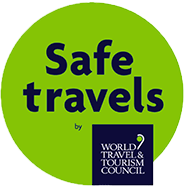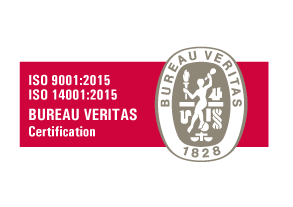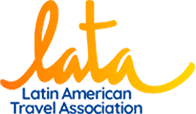Colca Canyon and Andean Condors - Full Day






 View All PhotosView All Photos
View All PhotosView All PhotosCultural
Moderate
Arequipa, Colca Canyon
Local producers, Nature
| cardinfo-text-5 | ||
| cardinfo-text-7 | Not included | |
| cardinfo-text-8 | cardinfo-not-included | |
cardinfo-text-10
h2-title-1
Colca Canyon is a vast canyon in Southern Peru, about 105 km northwest of Arequipa. Reaching a depth of around 3,270 meters (10,730 ft), it ranks among the deepest canyons in the world, along with the nearby Cotahuasi Canyon. To put that into perspective, Colca Canyon is almost twice as deep as the Grand Canyon.
The canyon, which stretches for 70 km, was formed over millennia as the Colca River slowly cut its way through the landscape. It’s a spectacular sight, flanked on one side by Chila Cordillera and on the other by Mount Hualca Hualca, Sabancaya, and the Ampato Volcano. In the distance, you can see the active stratovolcano Mount Ubinas and the beautiful Mount Coropuna.
This Colca Canyon full-day tour will take you to the best viewpoints along the canyon, offering unrivaled vistas. You’ll also have the chance to see giant Andean condors as they swoop and soar, sometimes just meters from where you’ll be standing. Of course, nature cannot be guaranteed, however, you have a high possibility of seeing these spectacular birds in flight at The Condor Cross.
 Free Brochure
Free BrochureReady to explore? Download the brochure and start planning!

Your FREE travel expert is just a click away
Or Call us now! (888) 803 8004
h2-title-2
Colca Canyon and Andean Condors!
We’ll leave Arequipa very early in the morning, at around 3:30 a.m. so you can make the most of your Colca Canyon experience. On our way to the canyon, we’ll pass through a spectacular landscape of mountains and beautifully rugged terrain, first stopping at the small Andean community of Pata Wasi (which means “High Home”). Here we can see some intriguing rock formations and views of the Chachani and Misti volcanoes. To help with the altitude, we’ll also make a stop to enjoy some traditional coca tea.
As we approach the town of Chivay, which sits at an elevation of 3,600 m above sea level (12,000 ft.), we’ll pass colorful farming terraces that are found throughout much of the Colca Valley, some of them dating back to the time of the Incas. After breakfast, we’ll drive to the famous viewpoint, or mirador, known as Cruz del Cóndor (Condor Cross), arriving there at about 8 a.m. The lookout point is located near the small villages of Maca and Cabanaconde. Here, strong winds rise up from the canyon, providing a favorite spot for Andean condors, the largest flying birds in the world. They soar on the thermals, often in pairs, normally in the morning and late afternoon. You might see these huge condors, with their three-meter wingspans, flying very close to the lookout point, offering a truly majestic sight. From the lookout point you’ll also have incredible views down into the depths of Colca Canyon.
After watching and taking photos of the condors, your guide will take you on a short trek near the canyon, for about 45 minutes. We’ll then head back to Chivay, first stopping off at the traditional village of Pinchollo and the Antahuilque viewpoint. This viewpoint offers wonderful views of the 1,500-year-old agricultural terraces that curve along the hillsides like an amphitheater. You can also spot some of the enchanting lagoons of the Colca Valley.
The next stop is the lookout point of Choquetico, where we can see two very interesting features. First are the hanging tombs, built by the Aymara-speaking Collaguas around 1200 AD. These funerary niches were cut into the cliffs of Cerro Cabanaconde and then sealed off with rock walls. In order to reach these otherwise inaccessible cliff faces, the builders likely worked their way down using ropes suspended from the trees up above. The second interesting feature we can see here is a model of the canyon terraces carved into a rock.
Moving on, we’ll visit the small Andean village of Maca, which sits on the lower slopes of Sabancaya Volcano and Nevado Hualca Hualca. Then we’ll pay a visit to the village of Yanque, which is home to a pretty white church, a small archaeology museum, and thermal baths down by the river.
There are also horse-riding facilities and mountain bike rental available in Yanque (not included in the price of the tour).
We’ll then head back to Chivay for a delicious lunch before heading back to Arequipa.
- Meals: Lunch
- Excursion: Colca Canyon and Condor Cross - Private Service.
- Tour Guide: Local Tour Guide: English/Spanish
- Entrance Fee: Colca Canyon
h2-title-3
calendar-consult-us
h2-title-4
whats-included-title
- Transport: Private
- Your Journeys Highlight Moment: Colca Canyon and andean condor
- Colca Canyon entrance fee
- First aid kit, if you taking any medications, please bring your prescription with you
- Professional Guided tour ENG
whats-not-included-title
- Minimum medical and emergency evacuation insurance
- Trip cancellation insurance or any other travel insurance
- Any activity not described in What's Included
- Meals on your own
- Gratuities
h2-title-5

specialist-box-title
Maria Diaz
specialist-box-phrase
top-tours-title
top-tours-info

Trek Along the Inca Trail To Machu Picchu
7daysTrek Along The Inca Trail To Machu Picchu with Valencia Travel. We are a renowned Peruvian tour company offering trekking experiences throughout Peru.
card-type-tagAdventure
card-activity-tagModerate - Demanding

Classic Peru Trip
7daysValencia Travel's classic Peru trip is a bucket-list adventure. This 7 Day trip will take you on unforgettable experiences throughout the Peruvian heartland.
card-type-tagCultural, Gastronomy
card-activity-tagEasy

Classic Inca Trail
4daysThe Inca Trail trek to Machu Picchu is the ultimate bucket list hiking experience! Join us on this Classic 4 Day & 3 night Inca Trail Hike!
card-type-tagAdventure
card-activity-tagModerate - Demanding
asso-info-title
asso-info-description
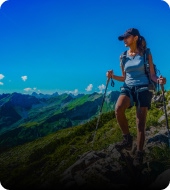 Aventure
Aventure
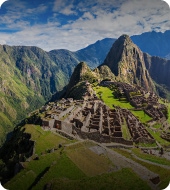 Cultural
Cultural
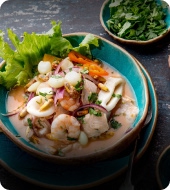 Gastronomy
Gastronomy
 Wellness
Wellness
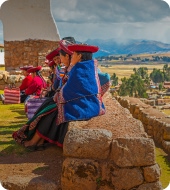 Local Living
Local Living
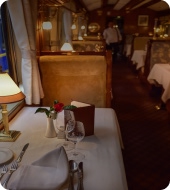 Luxury
Luxury












